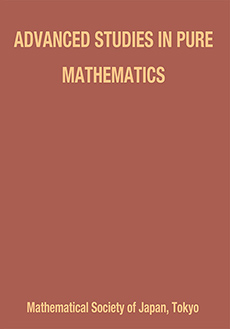Abstract
We present a study of dissipative structures for a class of the coupled kinetic-fluid models with partial relaxations at the linearized level. It is a generalization of several known results in the decoupled case that is either for the kinetic model or for the symmetric hyperbolic system. Precisely, a partially dissipative linearized system is of the type $(p, q)$ if the real parts of all eigenvalues in terms of the frequency variable $k$ admit an upper bound $-|k|^{2p}/(1 + |k|^2)^q$ up to a common positive constant. It is well known that a symmetric hyperbolic system with partial relaxation is of the type $(1, 1)$ if the so-called Shizuta–Kawashima conditions are satisfied. In the current study of the coupled kinetic-fluid models, we postulate more general conditions together with some concrete examples to include the case $(1, 2)$ investigated also in [14] and the new case $(2, 3)$. Thus, the coupled kinetic-fluid models may exhibit more complex dissipative structures.
Information
Digital Object Identifier: 10.2969/aspm/06410327


